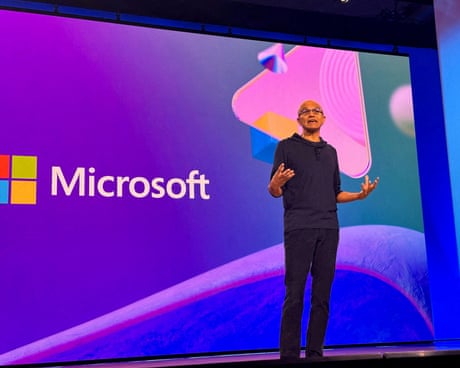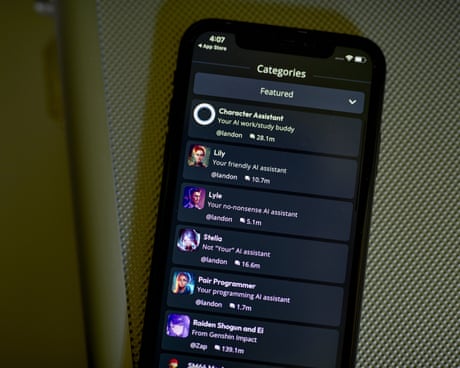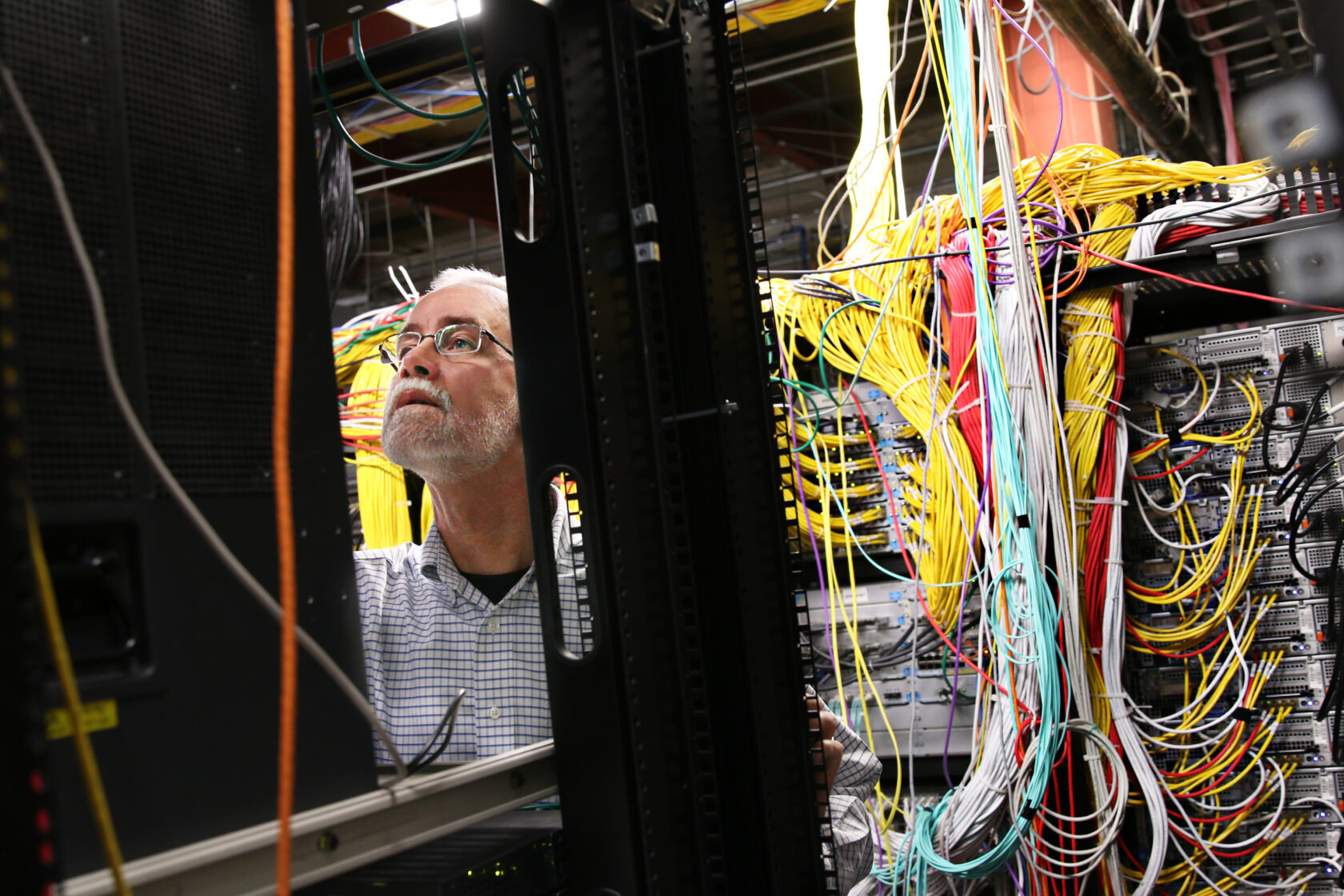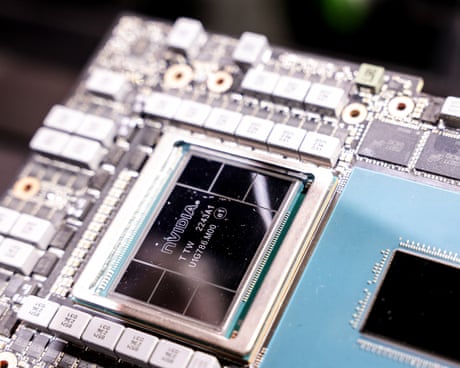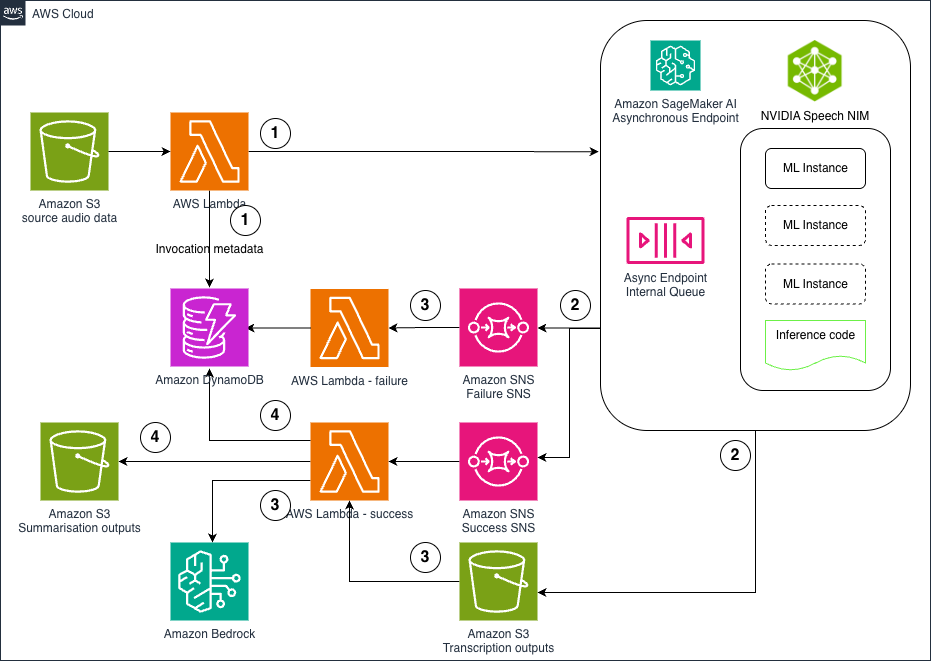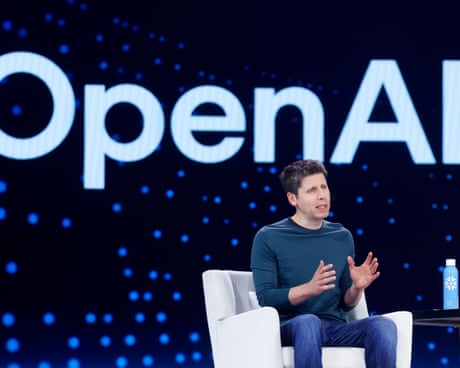Implementing C# linear regression to predict salary from sex, age, State, politics using one-hot encoding and basic SGD. Achieved 91.5% training and 95.0% test accuracy with MSE of 0.000671.
Emma Thompson expressed frustration with Microsoft's Copilot AI rewriting her scripts, highlighting her annoyance with AI prompts. The Oscar-winning actor shared her "intense irritation" with the growing presence of AI in writing during an interview with Stephen Colbert.
Microsoft reports earnings of $3.72 per share, surpassing concerns over AI spending. Deal with OpenAI boosts company value to over $4tn despite Azure and 365 outage.
Alphabet beats estimates with $100bn revenue, plans multibillion-dollar AI investment in datacenters for cloud services. Shares rise as company increases capital expenditure guidance to $91-93bn for infrastructure supporting AI products.
Male Allies UK raises concerns about teenage boys' increasing reliance on hyper-personalised AI chatbots for therapy, companionship, and relationships. Survey shows over a third of boys in secondary schools considering AI friends, sparking worries about socialisation and boundary respect.
Character.AI will ban users under 18 from chatting with its virtual companions in late November due to legal scrutiny over mental health concerns and a proposed bill to restrict minors' access to AI.
NVIDIA partners with universities and cities nationwide to embed AI education and innovation, driving economic growth and workforce development. Initiatives like Utah's AI factory and Rancho Cordova's AI ecosystem aim to prepare the next generation for the global AI economy.
Nvidia surpasses $5tn valuation, leading AI industry boom. Outgrowing competitors, its value exceeds GDP of India, Japan, UK combined.
NVIDIA and Amazon SageMaker AI offer a solution for processing large audio files efficiently with asynchronous inference. The Parakeet ASR model and Riva Framework deliver high accuracy and customizable speech AI applications for organizations.
23-year-old Jacob Foot buys a house with tech stock winnings, highlighting unsustainable market fueled by risk-takers. Foot's early AI investment showcases potential impact of technology on market.
Elon Musk launches Grokipedia, an AI-powered encyclopedia aligning with his right-wing views, sparking controversy over accuracy and transparency. Grokipedia claims to be "fact-checked" by Musk's AI chatbot, challenging the traditional human-authored model of Wikipedia.
Nigel Newton of Bloomsbury believes AI can assist authors in overcoming writer's block with big brand names' authority. Labour's moral exhaustion after a short time in office raises questions about the party's fatigue levels.
AI-integrated browsers like ChatGPT Atlas are the next big thing after chatbots. Major players are now developing browsers with deep AI integrations for personalized online assistance.
OpenAI, creator of ChatGPT, transitions to for-profit status for easier capital raising. Approval from Delaware AG marks end of legal saga.
Silicon Valley billionaires influence Trump; Firefox CEO discusses AI browsers. Tech giants defer national guard deployment.



